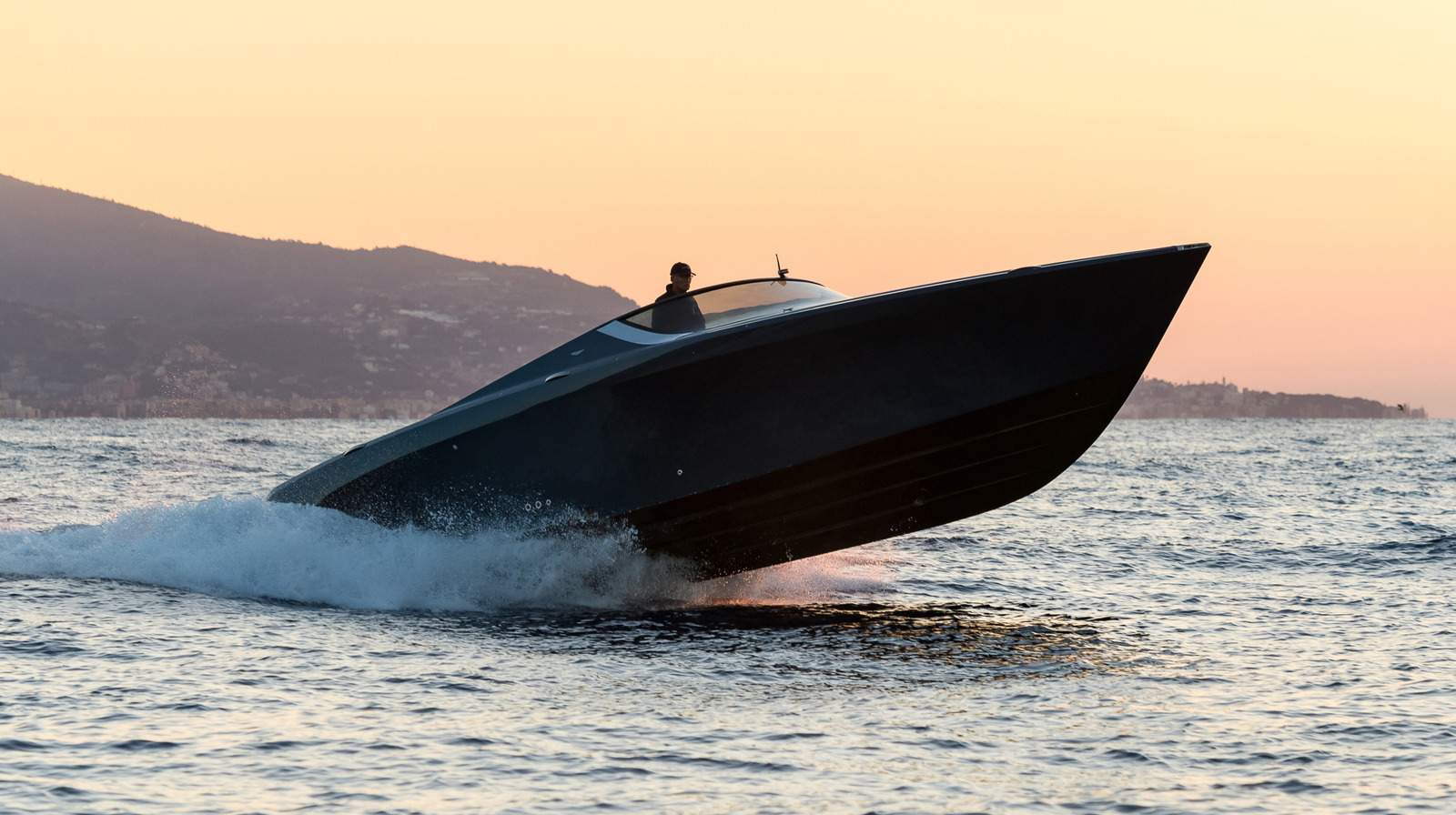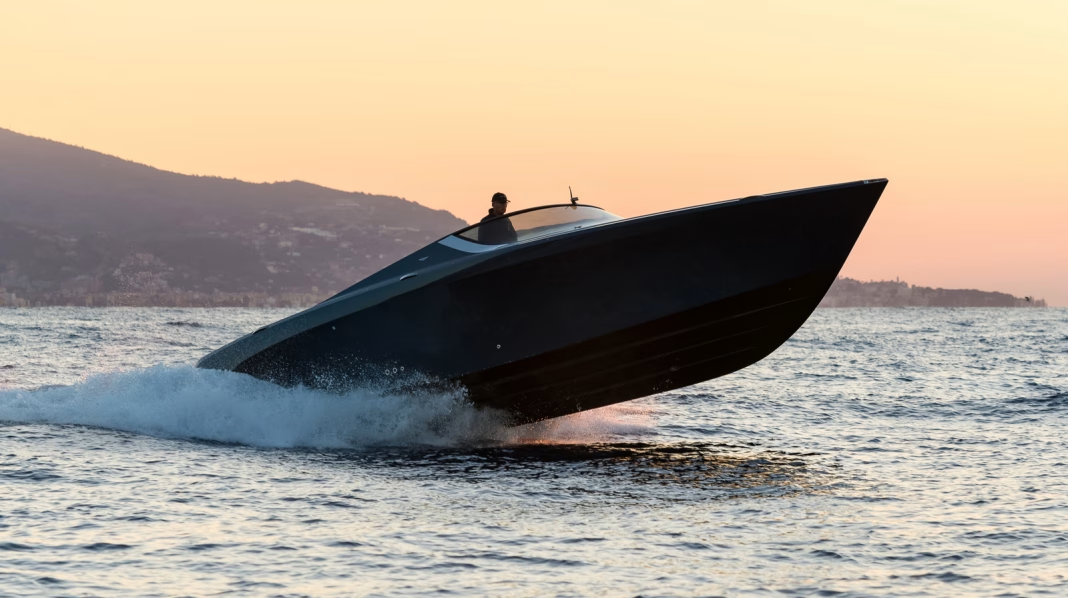What Made the Aston Martin Powerboat So Special in 2017?
When Aston Martin, a brand synonymous with James Bond and British luxury, decided to dip its toes into the world of powerboats, the result turned heads everywhere. The AM37, as it was officially named, wasn’t just a boat—it was a floating sculpture. Crafted in partnership with Quintessence Yachts, this 37-foot vessel combined the sleek lines and meticulous attention to detail you’d expect from an Aston Martin car, but with a twist: it was designed to glide over water at speeds up to 50 knots.
What set the AM37 apart? For starters, its hull was made from lightweight composite materials, and the deck featured real teak wood, hand-finished to perfection. The cockpit was a masterclass in luxury, with leather seats, touchscreen navigation, and even a retractable carbon fiber roof. It was the kind of boat you’d imagine pulling up to a Monaco marina, champagne in hand.
Why Was the Aston Martin Powerboat So Expensive and Exclusive?
Let’s talk numbers. When the AM37 launched in 2017, its base price hovered around $1.6 million. And that was before you started ticking the options list. Only a handful were ever built, making it one of the rarest luxury boats on the water. The exclusivity wasn’t just about price—it was about craftsmanship. Each boat took thousands of hours to build, with artisans obsessing over every stitch and seam.
But exclusivity has its price, literally and figuratively. The AM37 was aimed at a tiny slice of the market—think superyacht owners who wanted a matching tender, or collectors who already had an Aston Martin in the garage. According to a 2018 report by Boat International, fewer than 10 units were delivered in the first two years. That’s rarer than most hypercars.
What Happened to the Aston Martin Powerboat After Its Debut?
So, where did all that buzz go? After the initial splash, the AM37 faded from the headlines. Quintessence Yachts continued to offer the model, but demand remained niche. By 2020, production had quietly slowed, and the AM37 became more of a collector’s item than a regular sight in marinas.
A big factor was the market itself. The luxury powerboat segment is notoriously fickle, with buyers often chasing the next big thing. While the AM37’s design was timeless, its price and limited practicality (it’s not exactly a family cruiser) meant it never became a mainstream hit. Still, the boats that were sold have held their value, and sightings at exclusive Mediterranean ports are met with plenty of admiration.
How Does the AM37 Compare to Other Luxury Boats Today?
Fast forward to now, and the AM37 still stands out for its design pedigree. But the luxury boat market has moved on in some ways. Electric and hybrid powertrains are gaining traction, with brands like Candela and Hinckley introducing high-tech, eco-friendly models. The AM37, with its twin gasoline engines, feels a bit old-school by comparison.
That said, for those who value craftsmanship and exclusivity over the latest tech, the AM37 remains a benchmark. It’s a statement piece, not just a means of transport. And unlike many boats that depreciate rapidly, the Aston Martin badge helps it retain a certain cachet—much like vintage cars from the same marque.
What Can We Learn from the Rise and Fall of the Aston Martin Powerboat?
The AM37’s story is a lesson in ambition and brand extension. Aston Martin proved it could translate its automotive DNA into a different medium, but also learned that the ultra-luxury boat market is a tough nut to crack. Success here isn’t just about building something beautiful; it’s about understanding a unique clientele and their evolving tastes.
The big takeaway? Chasing exclusivity isn’t about perfection—it’s about smarter adjustments. Start with one change this week, and you’ll likely spot the difference by month’s end. Whether you’re eyeing a luxury boat or just looking to upgrade your own adventures, it’s the thoughtful tweaks that set you apart.


